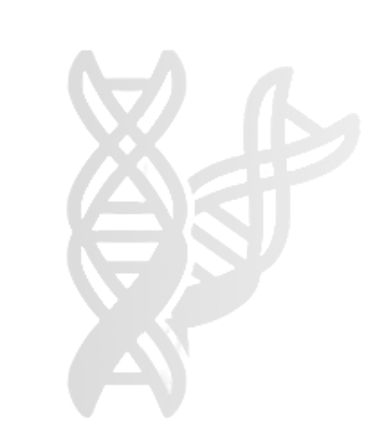
Coordinating Center
Data
The INT²GRATE Data Coordinating Center (DCC) houses the computational infrastructure at Mass General Brigham (MGB). It includes INT²GRATE computational programs for specific cancer syndromes, the INT²GRATE User Interface (UI), Variant Evidence Framework (VEF), and Custom Application Programming Interface (API) for variant data sharing.
INT²GRATE Programs
The INT²GRATE programs incorporate tumor-derived signature somatic profiles in selected cancers, with key clinical genetics information, to aid interpretation of germline variants and assessment of their clinical utility in cancer susceptibility genes.
INT²GRATE User Interface (UI) Portal
The INT²GRATE UI is a public-facing webpage that facilitates the use of the Variant Evidence Framework (VEF) for each cancer syndrome. It displays the relevant tumor-derived details and clinical genetic parameters for each germline variant. Users can interact with the UI by selecting single-response radio buttons on a one-page questionnaire. User responses are programmatically assessed based on the backend VEF to produce the INT²GRATE variant details and comments.
Variant Evidence Framework (VEF)
The INT²GRATE VEF is developed by an interdisciplinary expert group for each cancer syndrome. It marks the presence or absence of each variant parameter, assesses the combination of the evidence, and catalogs different scenarios separately for each gene. The INT²GRATE VEF backend portal utilizes a series of conditional logic statements to programmatically conform the selections to a scenario delineated by the INT²GRATE VEF.
INT²GRATE Data Sharing
The INT²GRATE data sharing pipeline enables the automatic and simultaneous processing of thousands of variants from the INT²GRATE knowledgebase. INT²GRATE Variants and associated evidence are automatically structured to conform to the specific INT²GRATE VEF. The INT²GRATE Python program packages custom-structured data for batch submission to public databases via Application Programming Interface (API).


